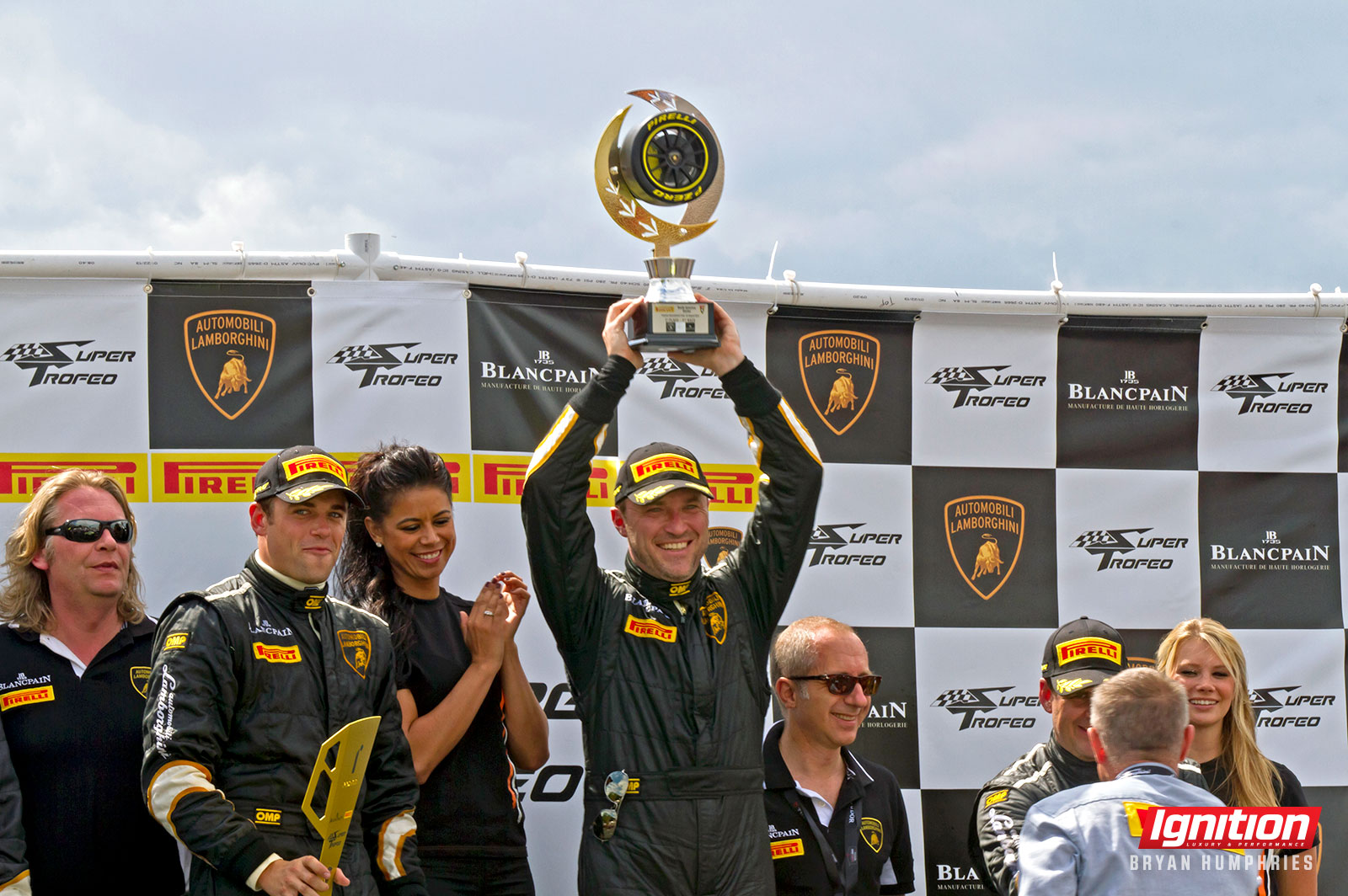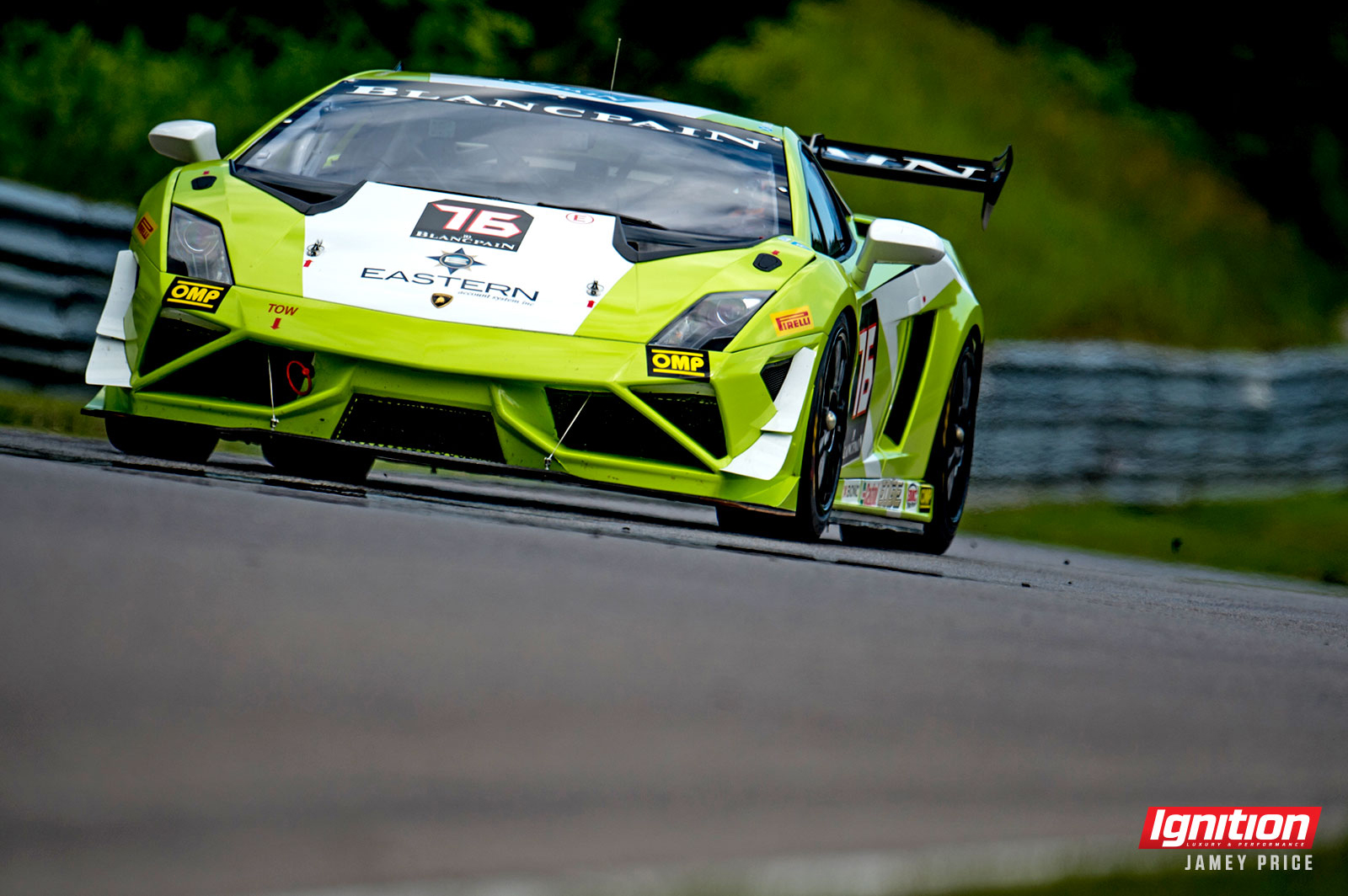
Over the years I’ve had many racers ask me for tips on getting up to speed quicker. Getting up to speed as quickly as possible is massively important to your success on a race weekend. Simply put, the sooner you find the limit, the more time you have to fine tune the car and your driving, and the better your chances of winning.
It must be noted, however, that this advice is specific to experienced drivers and racers who already know their car and the track well. This is not applicable for someone who is still learning at a novice or intermediate level. Nor is it intended for someone who only does occasional track events. In fact, my advice for those drivers is pretty much the exact opposite of what you are about to read.
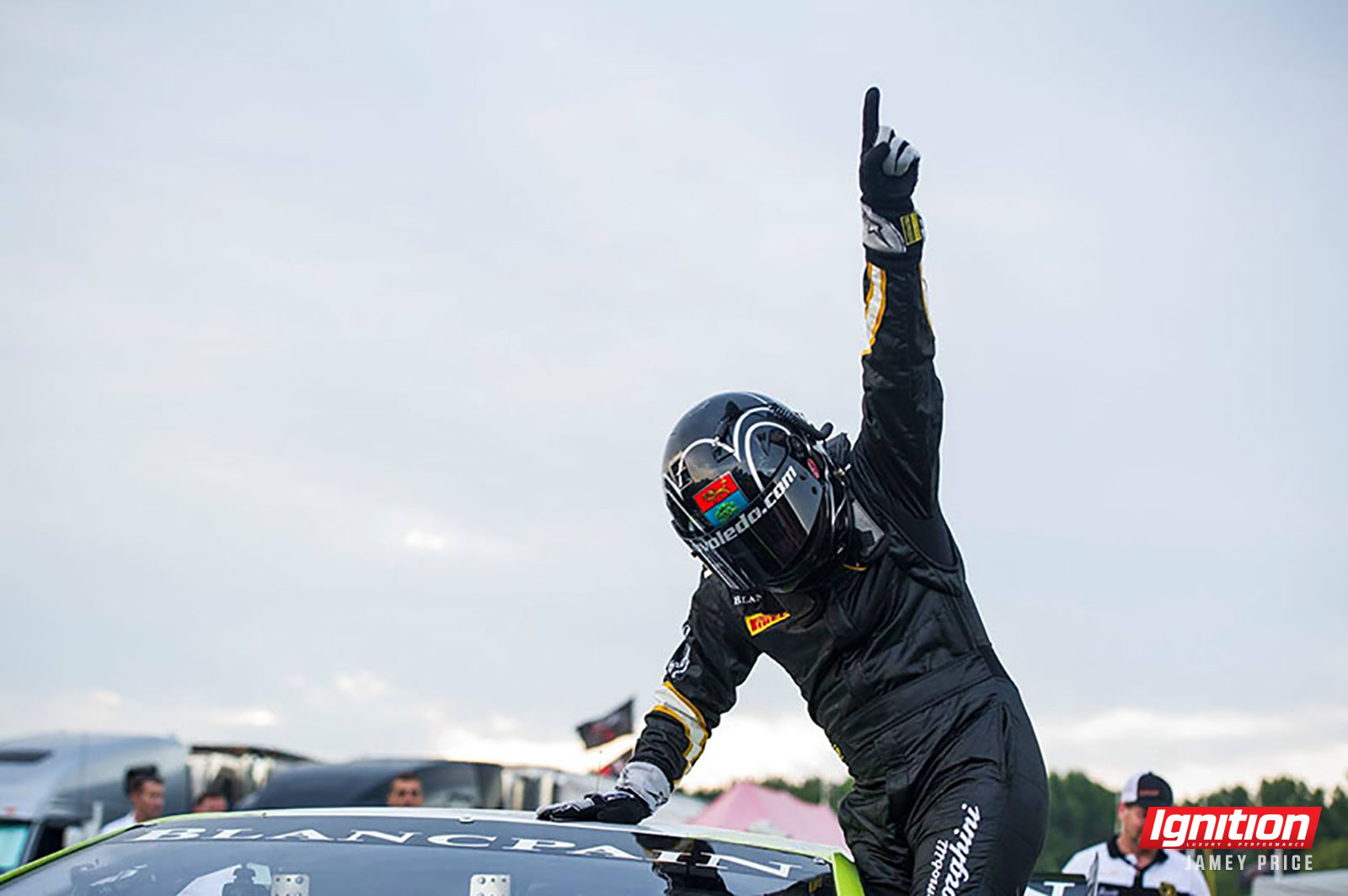
OVERDRIVE THE CAR!
Starting with the very first session of an event – as soon as your tires are up to temperature and pressure – you want to overdrive each corner. Take the car by the scruff of the neck and make it slide a little in the corners. We do this by getting on the throttle early and hard, and seeing what happens: does it create oversteer on the way out? Do you run out of room on exit with understeer? The real step (as well as my favourite) is to go in too fast.
We’ve all heard about “slow in – fast out” or “fast in – fast out.” Well, the idea here is “too fast in – slow out.” This doesn’t mean go off the track or spin or anything like that. What it means is going in fast enough that you miss the apex, spend too much time in a slide, get too sideways and have to wait too long to get back on the power.
Let’s add some science to the terms “slow in – fast out” or “fast in – slow out” and set some goal posts for what is ideal. Generally speaking, we can work backwards from the “full power at apex” rule. In most cars, in most corners, we want to be picking up the throttle or at full power by the time we hit the apex (clipping point technically). If we can get to the power well before the apex, we have likely gone in too slow and are giving up too much time in the braking-to-corner-entry phase. If it is after the apex, we are likely giving up too much time in the following sector. This is even worse considering that most corners exit onto straightaways, which are much larger sectors of track than the corner itself, and we want to get up to speed and hit top speed as soon as possible. So, generally speaking, it is mandatory to be “fast out.”
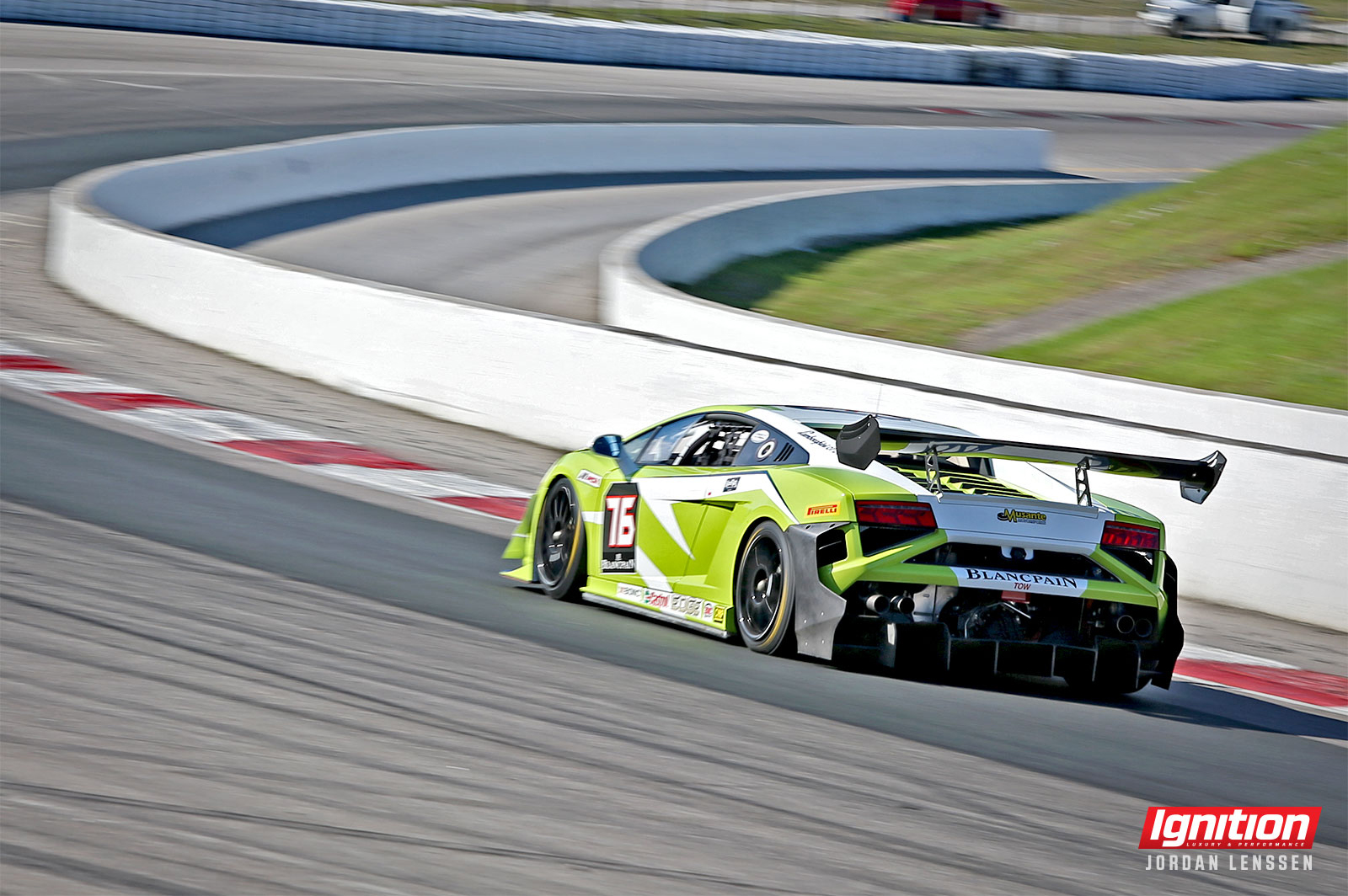
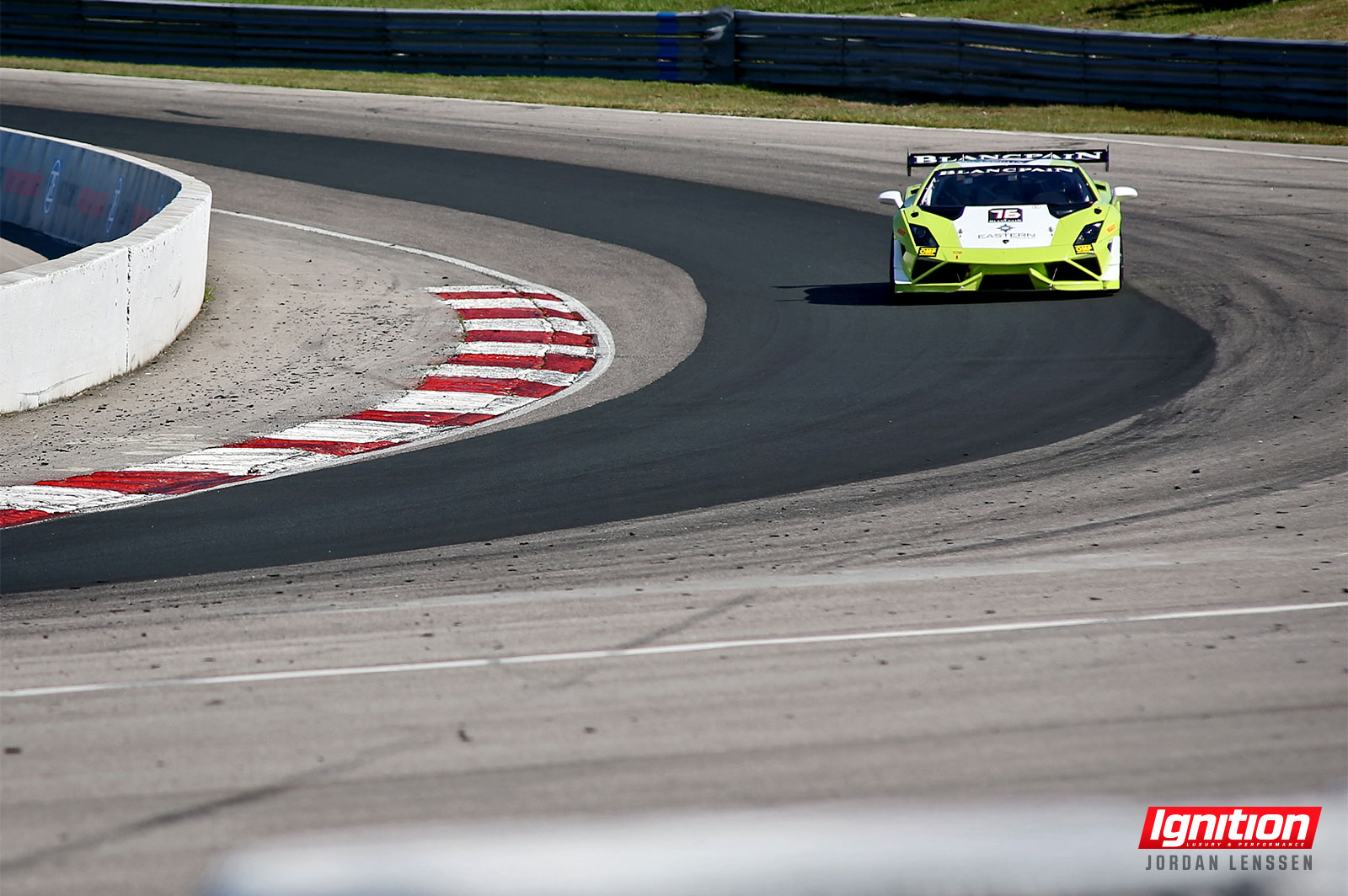
So, if we agree that finding the limit as quickly as possible is a noble and righteous cause, then “too fast in and slow out” is the quickest route to it. Everything is different at 9/10ths – the way the car handles and how we interact with it. We need to understand how things are at 10/10ths and the quickest way to get there is to go to 10.5 or 11/10ths. Essentially, what we are doing here is what I call “fishing for the limit.” Prod the car into misbehaving. It’s not exactly pretty and, frankly, it looks (and is) quite rough around the edges. I often have engineers or data guys (that don’t know me yet) tell me how rough I look on day one compared to how much smoother I get as the weekend progresses. They are right, but it’s not because I’m learning how to drive, it’s because I’m finding the limits of the car as quickly as possible and working backwards from there.
This brings me back to the point of “fast out” being mandatory. When I say working backwards from overdriving the car, I am referring to refining our driving and the car’s set up so we can be “fast in,” but still achieve that all-important power by the apex/fast-out happy place. I can’t emphasize this enough – getting back to the power at the apex is a must do, and all drivers need to be able to “self coach” themselves enough to be aware of where they are getting back on power, and changing something if that point isn’t at the right place.
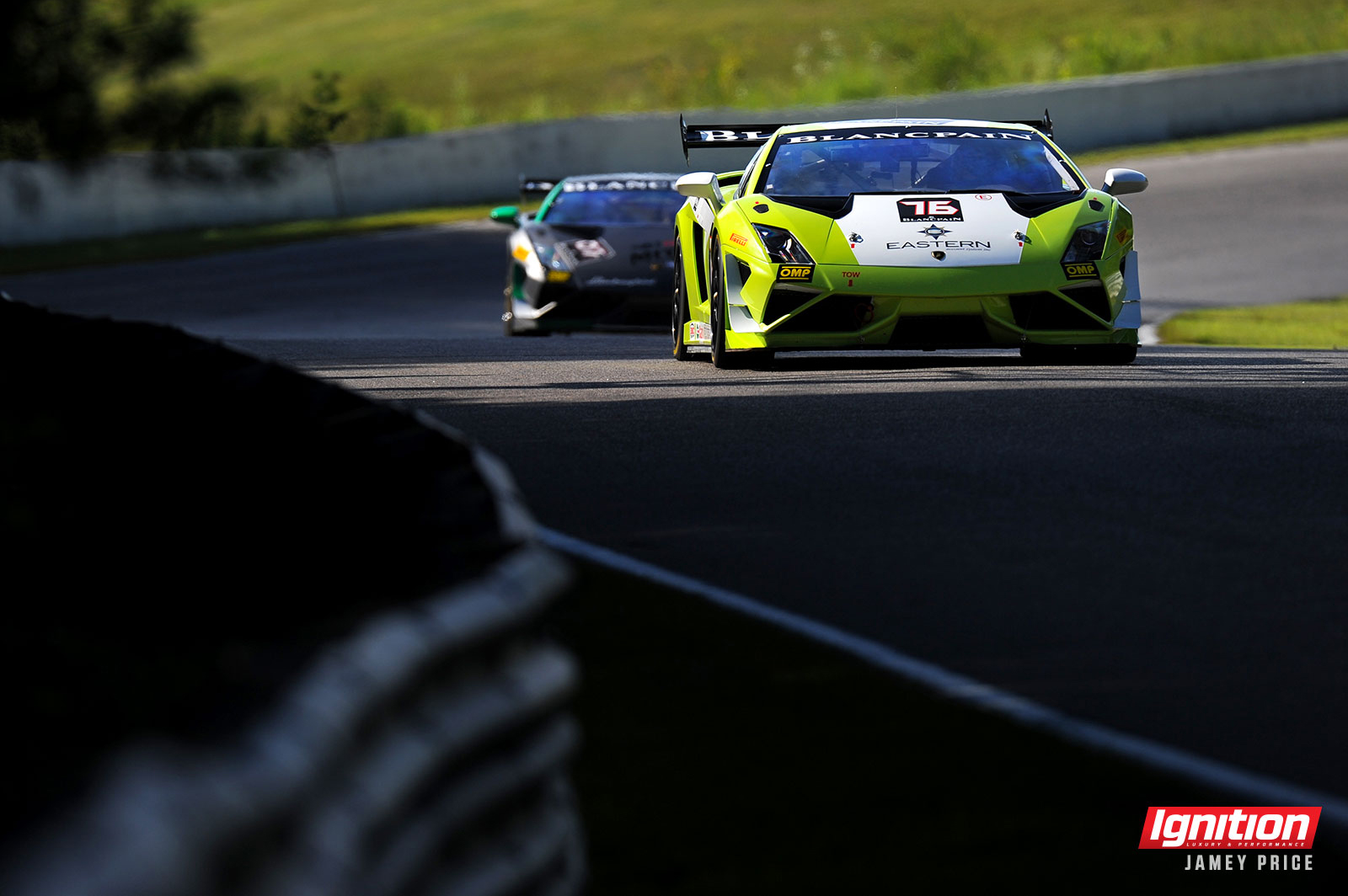
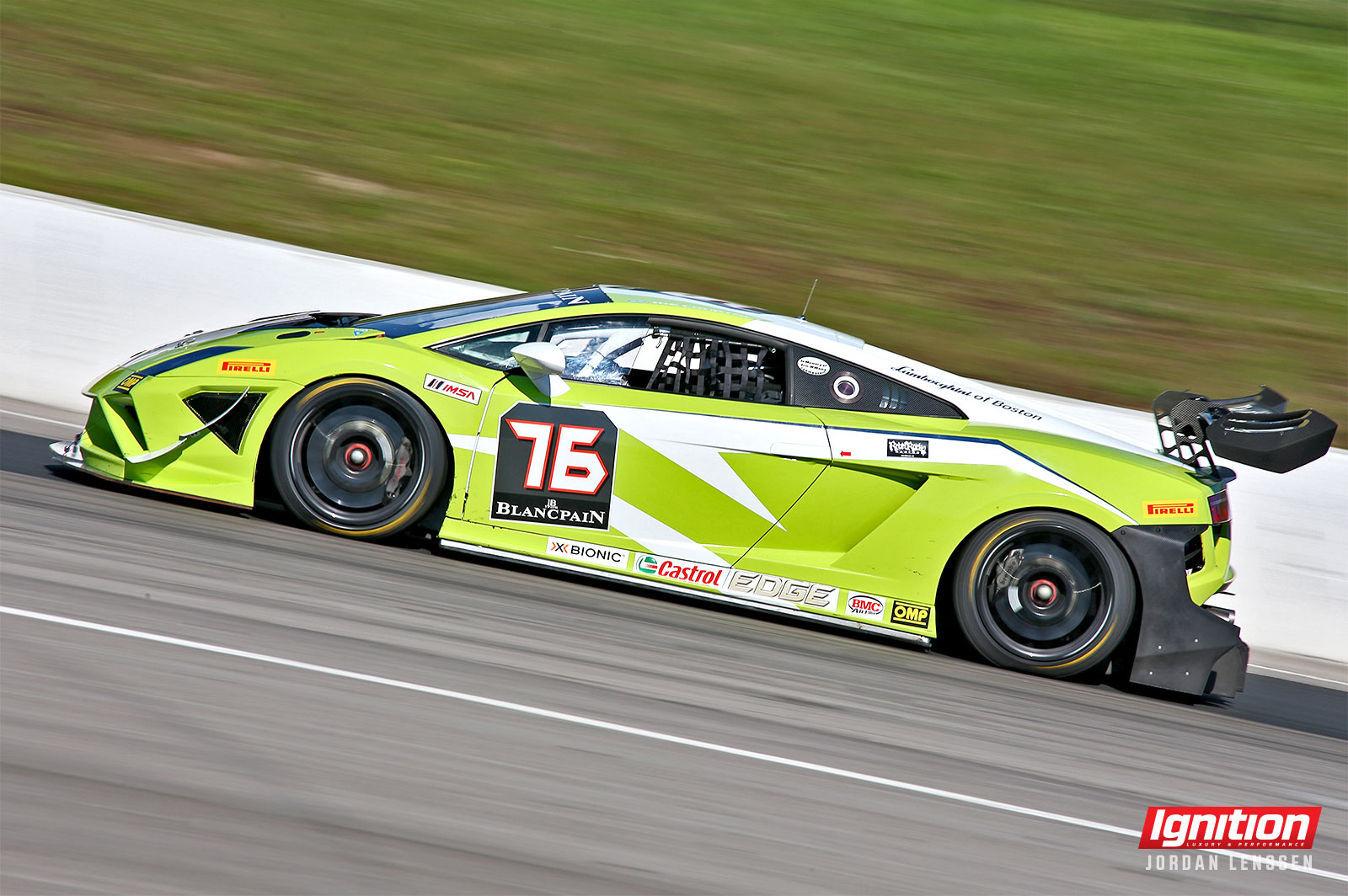
Getting up to speed is all about finding the cornering limits and braking points. We know we need to be at full power (or near) by the apex – that much is a given. Working out how much entry speed we can handle and how late we can brake is the name of the game here.
Overdriving the corner entry helps us find that limit quickly. It doesn’t need to be dramatic or dangerous – all we are aiming for here is a little extra entry speed so that it forces us to be late on the power. This helps us find the track and tire grip levels (if we are deliberately a little rough, and/or carry a little too much speed, we will create little slides (understeer and oversteer), and that is where the learning lies). We want to get the car out of shape. By deliberately breaking adhesion, we are safely finding the limit because we are ready for (and expecting) a little sideways movement or understeer. The sooner we find this limit, the sooner we will get up to speed.
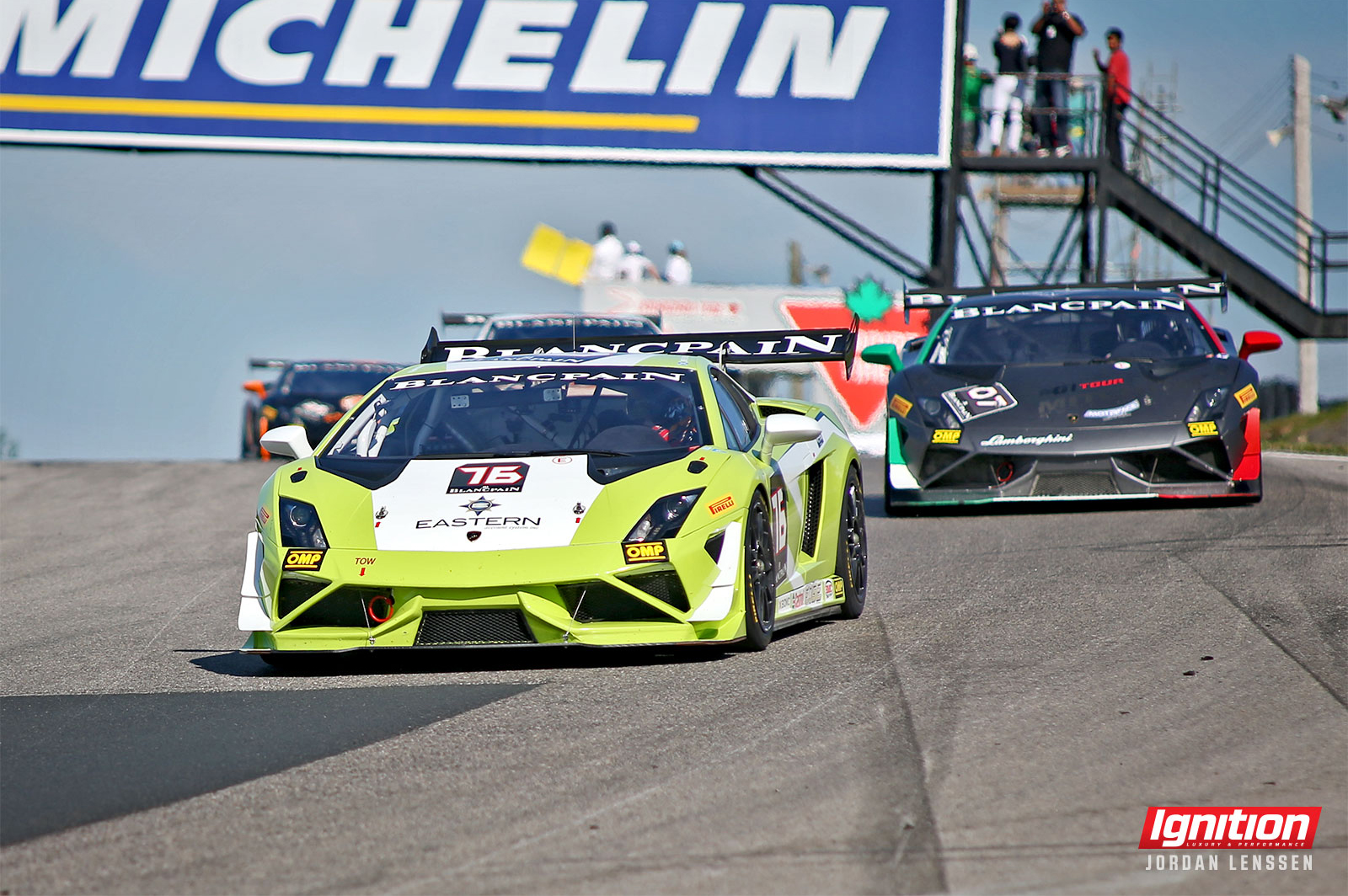
LAMBORGHINI SUPER TROFEO UPDATE
Last summer I wrote a piece detailing my weekend racing a Lamborghini in the Blancpain Super Trofeo series. Racing the Gallardo was incredible and the experience nothing but positive. From the general organization to the staff running the hospitality tent, the series and the group running it is top shelf. After the CTMP (Mosport) races I was asked to do the remainder of the series at VIR and Road Atlanta. Here’s what went down:
VIRGINIA INTERNATIONAL RACEWAY:
We did the double; winning both races from the pole position, setting the fastest race lap in both races and setting a new track record! I got very close to taking the famous uphill esses flat, which was exhilarating – 241 km/h at the first apex, and fully airborne over the second! That moment alone registers as some serious rocking chair equity!

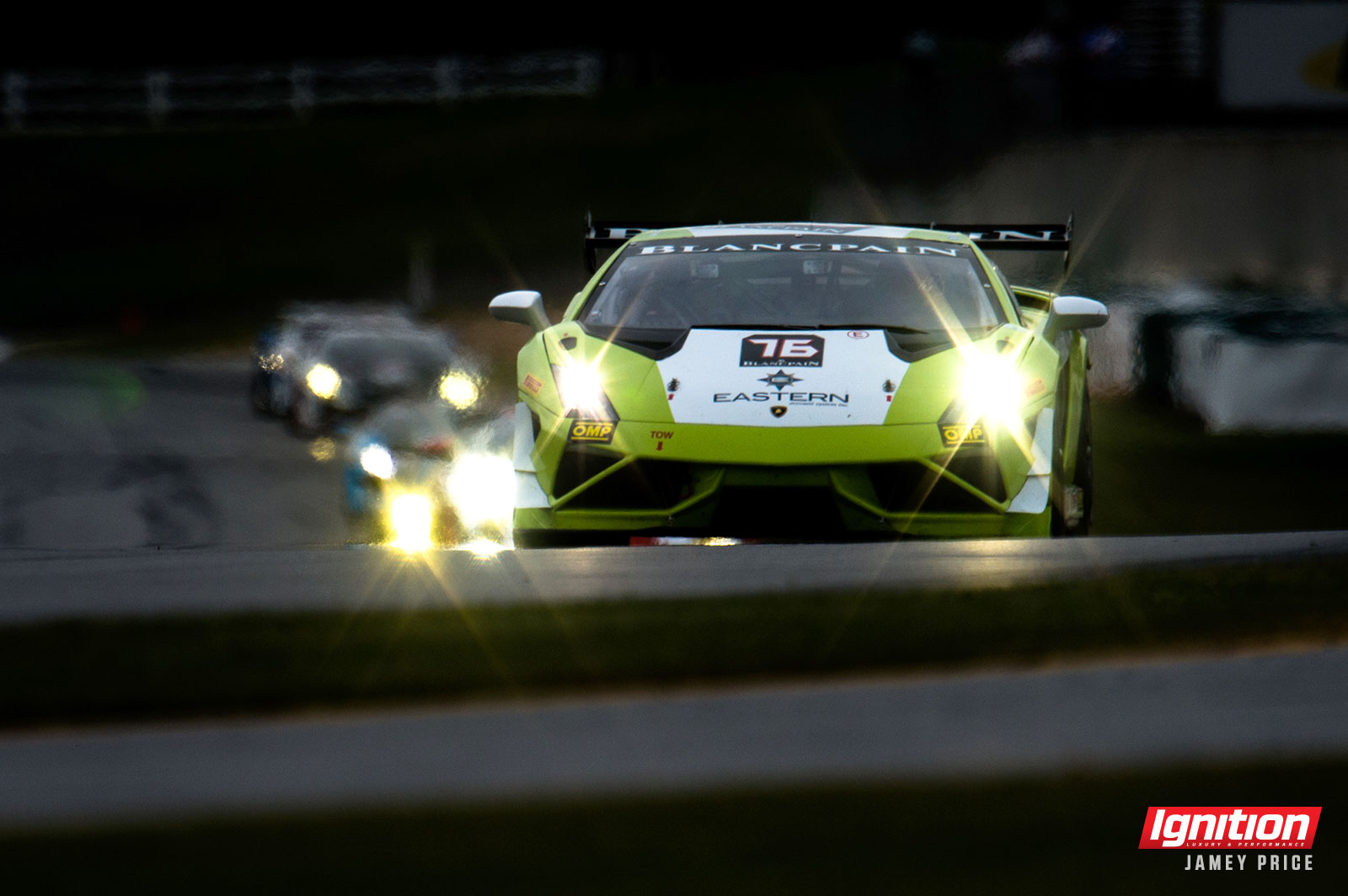
ROAD ATLANTA / PETIT LE MANS WEEKEND:
The final two races of the series proved to be the most challenging by far. Not only was it a record-size grid, but several top drivers joined the series. When it was announced that Andy Lally, Pierre Kleinubing, Terry Borcheller, Justin Marks and Lawson Aschenbach would be racing against us, we knew we had a fight on our hands.
Race one was made very exciting when all of the front-running pros had tire issues that forced us into unplanned pit stops. We were very happy to able to claw back through the pack and finish in third place overall, and ahead of all the other pro drivers.
Race two was an extremely tense, disciplined drive, punctuated by some massive pre-race setup changes that resulted in a clear outright victory! To top it off, my co-driver Corey Lewis and I finished as runner-ups in the overall championship standings. Not bad for only doing six of the 12 races in 2014. Many thanks must go to Chris Musante and Joe Courtney for bringing me into their team and giving me this great opportunity.
